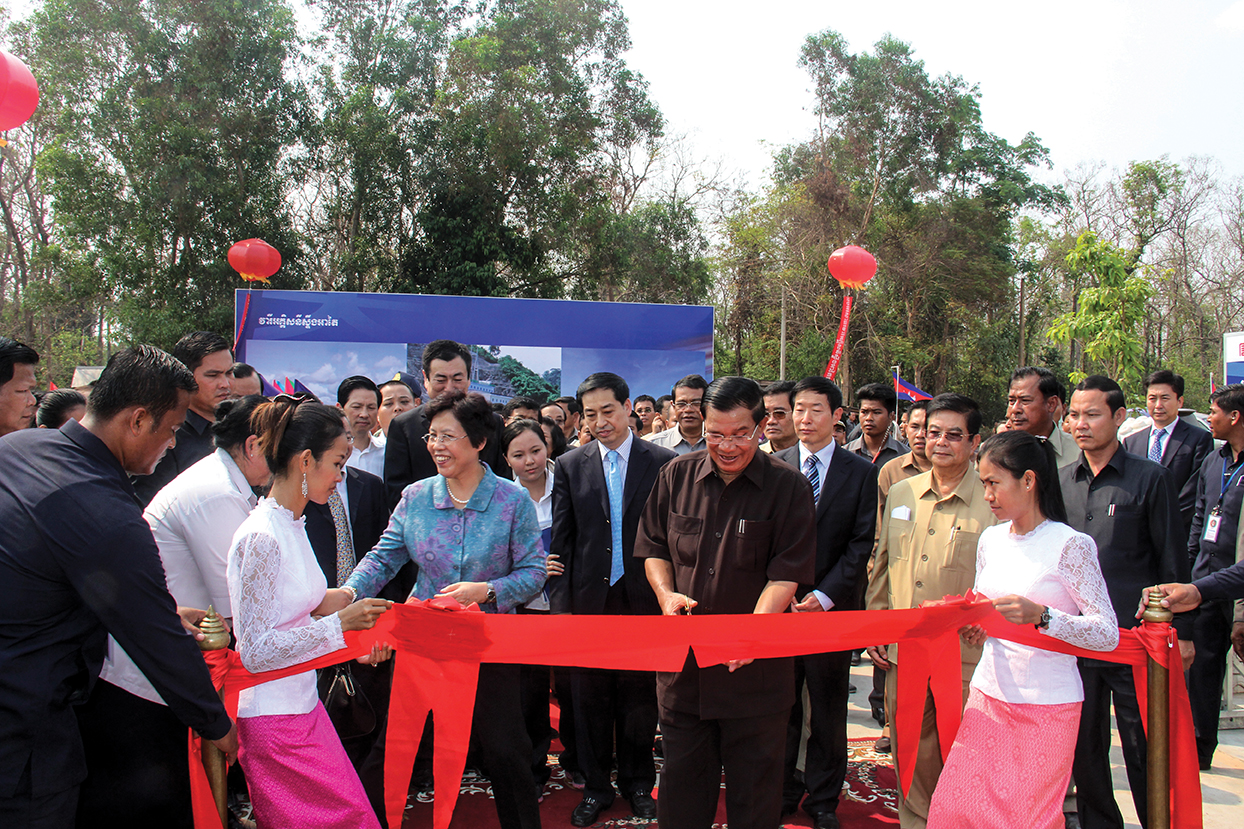CDC generated 5.7 billion Riels in revenue through digital technology over a nine-month period
From August 2024 to April 2025, the Council for the Development of Cambodia (CDC) collected 5.7 billion riels, which accounts for approximately 35% of its total public service revenue, utilizing digital technology. This was announced during the signing ceremony of a Memorandum of Understanding between the CDC and ACLEDA Bank Plc on May 20, 2025. […]
Cambodia Welcomes 12 New Investment Projects Boosting Industry and Energy Sectors
Cambodia is set to enhance its economic landscape with the approval of 12 new investment projects, collectively valued at USD155 million, specifically targeting the industry and energy sectors. This significant development was confirmed during a one-stop meeting chaired by His Excellency Chea Vuthy, Secretary-General of the Committee for Investment of Cambodia. These projects are not […]
School Aid Japan Commits to Build 20 School Buildings Annually in Cambodia
In a significant step towards enhancing educational infrastructure in Cambodia, School Aid Japan has announced its commitment to construct 20 new school buildings each year. This initiative will primarily benefit Cambodian orphans, ensuring they have access to quality education. The announcement was made by MIKI Watanabe, the Director General of School Aid Japan, during a […]
Canada Explores Investment Opportunities in Cambodia’s Public Works and Transport Sector
A Canadian trade mission has recently arrived in Cambodia to explore potential investment opportunities in the nation’s public works and transport sector. This initiative aims to foster collaboration between the two countries, enhancing infrastructure development in Cambodia. On May 29, 2025, His Excellency Peng Po Nea, the Minister of Public Works and Transport, met […]
Germany and Cambodia Strengthen Ties to Enhance Infrastructure Development
In a significant step forward for Cambodia’s industrial growth and international trade, Germany has reaffirmed its commitment to supporting the development of quality infrastructure in the country. This commitment was highlighted during a meeting between HE Hem Vandy, Minister of Industry, Science, Technology, and Innovation, and a delegation from the German National Institute for […]
Japan’s JBIC Eyes Partnership for Major Infrastructure Development in Cambodia
The Japan Bank for International Cooperation (JBIC) has showcased a strong interest in collaborating on significant infrastructure projects in Cambodia. This development was announced following a meeting between Prime Minister Hun Manet and JBIC President and CEO Maeda Tadashi on May 28, 2025. During their discussions, President Maeda emphasized JBIC’s commitment to fostering partnerships with […]



 ខ្មែរ
ខ្មែរ







